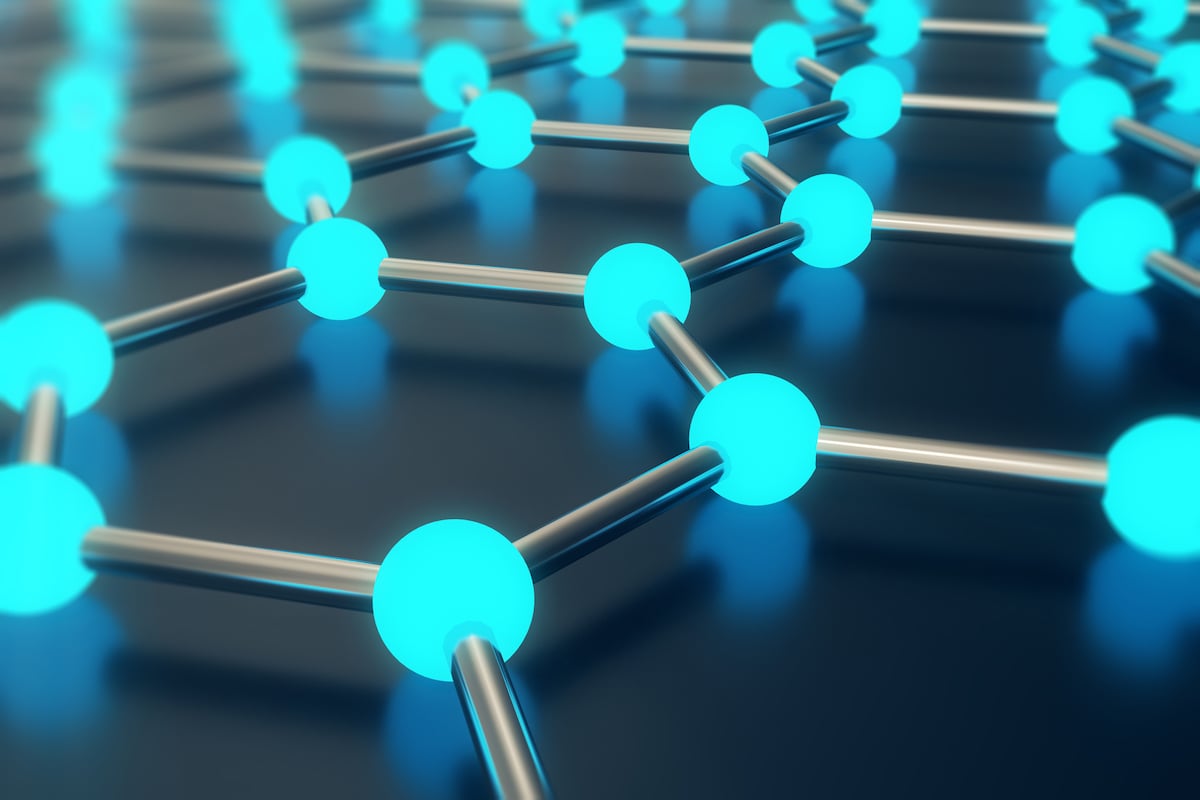
Conductivity measures water’s ability to conduct electricity due to the presence or absence of certain ions.
While pure water conducts electricity poorly, water that has certain chemicals or elements in it, and at varying amounts—including sodium, magnesium, calcium, and chloride—is a better conductor of electricity.
Generally speaking, as water salinity increases, conductivity increases alongside it. Water that’s warmer also tends to have more conductivity.
What are the different types of purified water?
When most people think of purified water, they think of water that’s been cleaned somehow. However, there are actually several different types of purified water. Let’s briefly examine the differences between each type.
1. Purified water
Purified water has been stripped of all or most of its impurities. Purified water can still have some impurities in it. But, generally speaking, dissolved solids can’t be more than 10 parts per million in order for the liquid to qualify as purified water.
Water can be purified through many different processes, including distillation, carbon filtration, deionization, and reverse osmosis.
2. Distilled water
Distilled water has been boiled in order to have contaminants removed. As water is boiled, it is captured as steam, and minerals and other compounds are left behind. Once the steam is cooled, it reverts to distilled water.
3. Double-distilled water
Double-distilled water has been through the distillation process twice.
4. Ultrapure water
Ultrapure water, like the name suggests, has been purified to an excruciating level. This water is commonly used in industries that have extremely high standards of cleanliness and water purity, including the semiconductor, pharmaceutical, and solar photovoltaic industries. It’s also used extensively in experiments and research labs.
5. Deionized water
Deionized water has been stripped of mineral ions (e.g., sodium, chloride, and calcium). Deionized water is similar to distilled water, except it usually takes a lot less time to create deionized water.
While ions are removed during the process, viruses and bacteria may still persist in deionized water.
How is conductivity measured?
There are a number of different devices on the market that you can use to measure water conductivity, including:
- Handheld Testers are meters that can be dropped into water to measure several characteristics, including conductivity, salinity, temperature, and pH levels, among other things.
- Portables are water quality measurement meters that are perfect for field research applications. Researchers in the environmental sector use these devices because they are easy to read in outdoor situations.
- Benchtop meters can be used to measure conductivity in laboratory settings. They’re generally bigger than portable testers, and they’re capable of getting more precise readings.
- Inline meters are installed permanently in certain locations in a production line to measure water quality characteristics, including conductivity, in real time.
- Electrodes are used to conduct electrical currents in order to test certain properties of liquids (e.g., how conductive they are).
Now that you’ve learned about what conductivity is, why it’s important in purified water quality testing, and how conductivity is measured, let’s take a look at some industries that need to measure water conductivity.
Why does water conductivity need to be measured?
In lab settings, water conductivity needs to be measured because researchers and scientists need to know the exact composition of the water they’re experimenting with in order to get accurate, repeatable results. This is why purified water is so common in the pharmaceutical, semiconductor, and solar industries.
Water conductivity, however, has major implications on several other industries, too.
For example, in the food and beverage industry, water conductivity needs to be measured to ensure high-quality end products are produced efficiently—thereby increasing profitability and minimizing risks.
Aquaculture and aquarium businesses also need to pay close attention to water conductivity. Freshwater fish and saltwater fish, for example, may need different levels of water conductivity to survive. By monitoring conductivity levels, aquarium and aquaculture companies get insight into whether the water in their tanks is changing. With that information on hand, they can take proactive steps to bring the water back to equilibrium.
Water conductivity plays an important role in ensuring water quality. Learn more about the different kinds of testing equipment that can be used to measure water conductivity here.
![[FREE GUIDE FOR DISTRIBUTORS] A Complete Guide to the Jenco Product Line: How to Sell, Market, and Be Successful](https://no-cache.hubspot.com/cta/default/2136035/80bf53b8-43b9-4ad3-9946-bce0a8e4beb4.png)

Comments